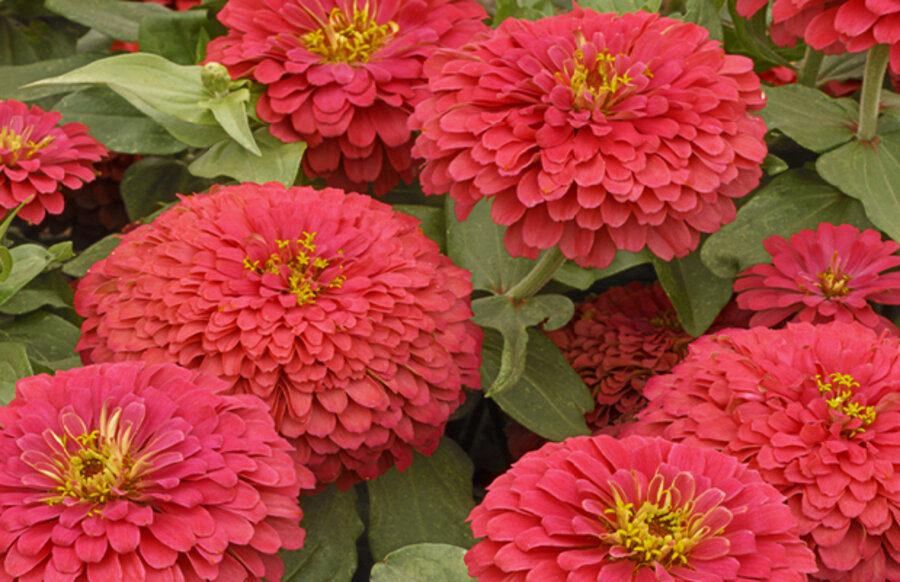NASA first: Zinnia flower blooms aboard space station
Loading...
For the first time, a zinnia flower has bloomed in space, aboard the International Space Station (ISS). Successfully growing flowers brings cosmic explorers closer to growing flowering food crops, like tomatoes, on longer space missions in the future.
On Saturday, American astronaut Scott Kelly, who has been working since March 2015 on the space laboratory and has become its resident gardner, gleefully announced on Twitter that he successfully coaxed the brightly colored zinnia to blossom.
This wasn’t the first time flowering plants have blossomed in space, though. There have been many, according to NASA, from wheat, to barley, to brassicas and peas, grown more than a decade ago on the Russian Mir space station and on the ISS.
Regardless, the zinnia bloom was a big accomplishment, as less than a month ago, the plants were moldy and shriveled.
But even the space mold held some interest to researchers, so it was collected and frozen so it can be returned to Earth for study.
For NASA scientists back on Earth, the flowering experiment, called “Veggie,” will allow them to better understand how plants grow in microgravity. For the astronauts in space, growing the quick-sprouting zinnias is important practice for growing produce on a future mission to Mars.
“I think having this fresh food source available is going to be critical,” Gioia Massa, a project scientist at NASA Kennedy Space Center and the brainchild behind Veggie, told The Christian Science Monitor in a phone interview in November.
Astronauts eat mostly food that has been freeze-dried for long storage. Fresh fruits and vegetables do show up occasionally at the space station with other supply deliveries, but they run out quickly.
"The farther and longer humans go away from Earth, the greater the need to be able to grow plants for food, atmosphere recycling and psychological benefits," Massa said in a NASA announcement.
Astronauts started experimenting with Veggie in 2014, when they grew red romaine lettuce in the same system that’s now growing the zinnias: trays of water with bags of seeds in a type of calcined clay used on baseball fields, used to increase aeration to help the plants grow. The growing plants are lit by LED lights and fertilized by an automatic release.
The first batch of lettuce didn’t grow due to “drought stress,” as the Veggie team reported. But astronauts learned from their watering mistakes and grew another batch of lettuce successfully in summer 2015. Scott Kelly and Kjell Lindgren of NASA, with Kimiya Yui of the Japan Aerospace Exploration Agency, celebrated in August by indulging in their freshly harvested space lettuce.
The lettuce experiment was an important precursor to the flowering zinnia, which is more challenging to cultivate.
“The zinnia plant is very different from lettuce,” said Trent Smith, Veggie project manager, in a NASA blog post.
“It is more sensitive to environmental parameters and light characteristics. It has a longer growth duration, between 60 and 80 days. Thus, it is a more difficult plant to grow, and allowing it to flower, along with the longer growth duration, makes it a good precursor to a tomato plant,” he said.
Astronauts are planning to try growing tomatoes in 2018.
Until then, they will keep experimenting with other crops. This year a SpaceX spacecraft will deliver seeds for two sets of Chinese cabbage, and one set of red romaine lettuce, said NASA.
[Editor's note: This story and display text have been updated to clarify that this was NASA's first zinnia flower in space, rather than the first flower ever to bloom in space.]







